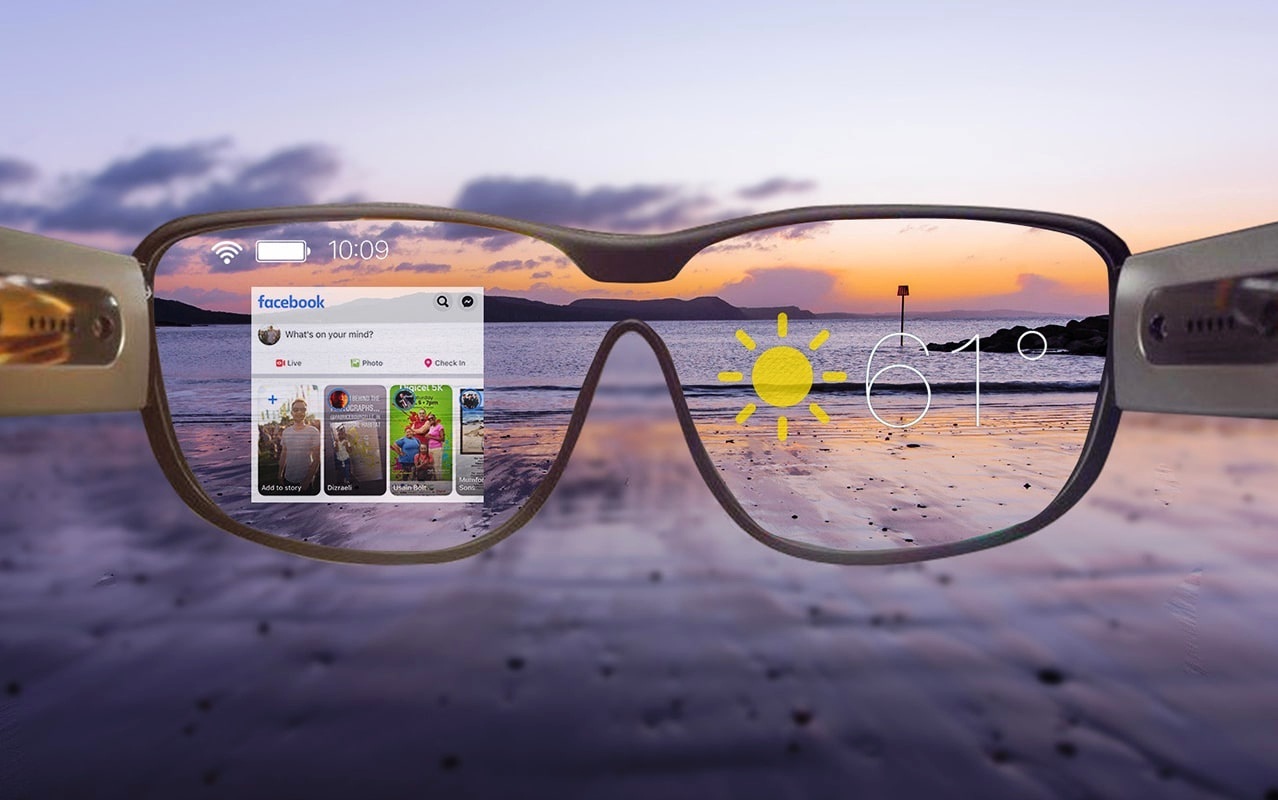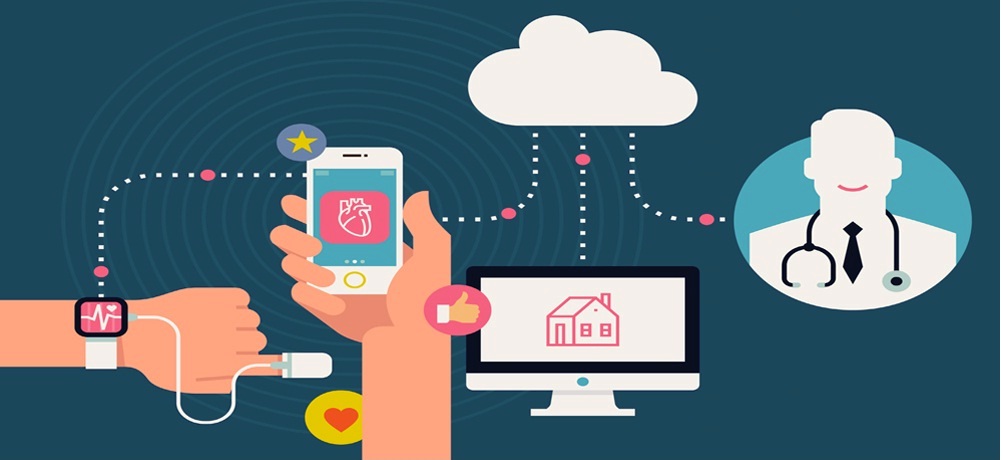by Haris Dainposh
Undoubtedly the technology has already been germinated by some of the biggest innovative powerhouses like Google and Intex but Apple has promised to take the reality up to a different pitch with a much reasonable price.

More or less we all have been under a fantasia, about the cutting edge concepts, that we mostly see in science fiction movies or even fictions based on secret services. But is there any possible relevance or scope of such a notion in realism?
Consider the best invention of the century, the smartphone. It has not only changed our lives but originated a lot other innovative concepts that are comprehensively going to reform the way we see and act. The momentum at which the work is going, it can be said that the time is not so far when such concepts might not be fictional anymore. Before we head on to the core of this topic, let us first get quick annotations about some of the fundamental innovations behind such pioneering researches.
Efficient Technologies In Use
IoT (Internet of Things): In the mildest words, an IoT is a family of all the devices that can be connected to the Internet, for real-time analytics, monitoring device index, controlling accessibility and even governing automation. Some of the pretty common examples of an IoT are smart home appliances that can be controlled using an IoT app in your smartphones. The prime difference that makes an IoT device quite diverse and smart, is an algorithm of multiple sensors that are designed to carry out analytics, machine learning and auto-controlling.
Cloud Computing: A delivery of computing or IT-services, that includes a database, storage, servers, software’s or simply storing and accessing data and programmes over the internet instead of your computer’s hard drive is cloud computing. An uncomplicated example of cloud computing as cloud storage is your Gmail account or a google drive that provides unlimited storage to your emails and your multi-media that can be easily accessed on different devices. It means instead of buying, owning, and maintaining physical data centres and servers, you can access services, such as computing power, storage, and databases, on an as-needed basis from a cloud provider.

Wearables: A wearable technology is a smart-wear, that is fabricated with a composition of multiple motions and biometric sensors to track information on a real-time basis. The most common example of wearable technology is a smartwatch that is a part of fashion electronics and is quite a trend. Apart from timekeeping, they provide features like tracking heart rates, footsteps, sleep monitoring and many reminders throughout the day.
New Lifestyle
Now if we put these three technical notions in a closed-loop interface, we will observe the number of benefits coming out of it. To illustrate let us consider our busy lifestyle, where we by the narrowest of margins find any time to get a well-regulated health check-up. This, in a long haul, can be vicious, as some diseases are uncovered out of the blue when the things are quite critical.
Let us suppose we are wearing a wearable technology, whether it be a smartwatch or a smart t-shirt, that has a tendency to capture various parameters of our health and this wearable is connected over a network by the Internet of Things. The whole data picked up by the device would be transported through a shielded network of IOT to admissible cloud storage. There, the stored data will be analyzed with respect to the various indices under artificial intelligence and the consultation process will be received by the user over a period according to their wish.
Under such a synchronous process, the user may even receive medication on their preferences with the help of an autonomous vehicle or a delivery drone to their geographic location tailed from the corresponding wearable.
An AR Glasses
Under such a tier, one of the most trending research that is expected to be placed into production by 2022, Apple’s Augmented Reality Glasses have already been in talks since the beginning of 2020. (Augmented reality is a technology that allows you to see a digital content or information overlay onto the realistic vision).

Undoubtedly the technology has already been germinated by some of the biggest innovative powerhouses like Google and Intex but Apple has promised to take the reality up to a different pitch with a much reasonable price. A design that will look quite similar to a regular RayBan glass, the wearable will work on Laser Imaging Detection and Ranging (lidar) a technology that can make a digital representation of an object in the surrounding using automatically adjustable laser output.
Apart from identifying vision problems and adjusting accordingly, these glasses will allow a flow of information from your phone, specifically messages, maps, games and other notifiers. With the help of third party applications, a user can easily enable a navigation map, read an email, play a resizable entertainment video and even can virtually get realistic visuals of a place that they would desire to see.
With an approach to further developments, the technology will get a stronghold on Informatics, under which a user can read a basic description about any strange thing that they will see through their AR glasses. The subject can be an unknown bird or a product inside a grocery store to which we don’t have to waste our time searching on the internet or finding a column for calorific value. The whole information will be overlaid on the subject that a user will be concentrating through a point, set by the standards.
The 5G
Now the question appears, how can we generate such a loop where we will stand in need for colossal bandwidth, speed and quite a low latency in a mesh of wireless network?

The answer is 5G, the fifth-generation technology standard provides advanced signalling under Orthogonal Frequency Division Multiplexing, the network is operational on Multiple Input Multiple Output antennas that provide a composition to send and receive more data simultaneously. With this mode of operations, the user can experience a latency drop up to 1millisecond with a speed of over 1Gbps.
In 378 cities across 34 countries, commercial 5G network has already been deployed and there are many other countries who are busy in their trails.
(The author @Haris10335103 is an engineer who writes when he finds time. He is serving as Network Maintenance Engineer for Bharti Airtel Ltd)















